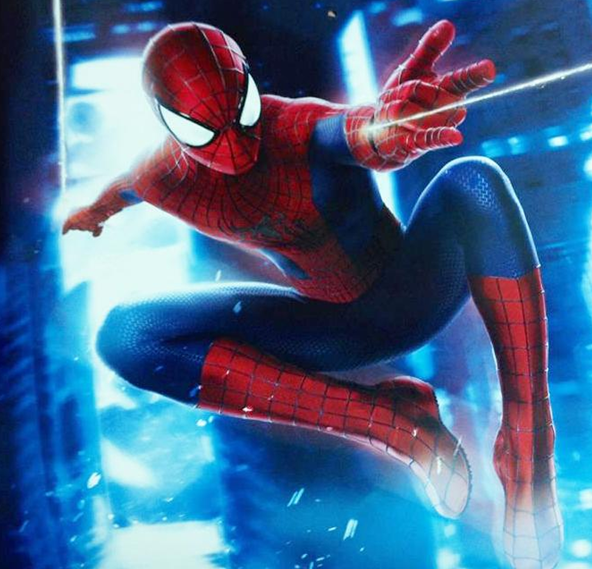
"He was sticking his tongue out, he had gamer face as he was trying to catch up to a moving object. "The Activision producer looked at it for the first time and he was obviously loving it," Fristrom remembers. With that, Fristrom had finally bagged his white whale. This allowed players to swing from wherever the rays intersected with the game world, including the corners and sides of buildings, providing functionally infinite swing points.

The original Doom used it to render its environments in relation to the player, but Fristrom and his team were using it more like echolocation, a way to detect suitable swing points. So, Fristrom and his team got creative, and with the help of programmer Andrei Pokrovsky soon found a workaround: raycasting.įundamentally, raycasting is about using radiating rays to scan physical geometry. "We started putting hundreds of points in and we were like, 'yep, the more points you add, the better it gets.' "Īdding infinite points would have been ideal, but it was impossible due to hardware restrictions (Spider-Man 2 was built for the GameCube, PlayStation 2 and original Xbox). "It was another designer,, who put more and more points in the world - on the walls, all over the place," he says. It felt clunky, so he and his team tried adding more points. In play tests, players would often accidentally stick to the walls between the points. He began by manually placing swing points at the corners of buildings.

"And that fit my tastes because those grappling hooks were ropes with hooks and inertia and momentum." Although Rocket Jockey means so much to him, Fristrom says he hasn't played Rocket League. "You could either use them to attach to a pole and whip around the pole, or attach to a beach ball and pull the beach ball into the goal," Fristrom explains. He was inspired by 1996's Rocket Jockey, a racer about cars with grappling hooks on either side. There was no true precedent for what Fristrom was trying to build. But the prototype I managed to come up with then was pretty crappy, so we did not switch horses mid-stream." I wanted something a little more realistic. It's practically flying with just cosmetic webs shooting up to the sky. "I think we were about six months into Spider-Man 1's development and I wasn't happy with the swinging as it was.

"It was something I wanted to get in on Spider-Man 1," Fristrom says. He created one of gaming's most beloved and enduring movement systems, and he did it nearly a year before Spider-Man 2's development began in earnest. His favourite suit is the classic red-and-blue.įristrom came up with the idea for Spider-Man 2's swinging system, built its prototype and piloted it to completion as technical director. Fristrom's favourite Spider-Man villain is Norman Osborn, but only when written by Brian Michael Bendis. Spider-Man 2 is a tantalising playground of needles to thread, a true-to-life Spidey simulation - and we have a designer called Jamie Fristrom to thank for it. It's the swinging, the sheer exhilaration of flying over, around, between and often smack into buildings. It's not the amazing cast of villains, either. It's not the balloon kid or pizza delivery side missions. More than 13 years later, it still holds up as a yardstick for both Spider-Man and superhero video games. Treyarch's Spider-Man 2 was first released on 28 June 2004.


 0 kommentar(er)
0 kommentar(er)
